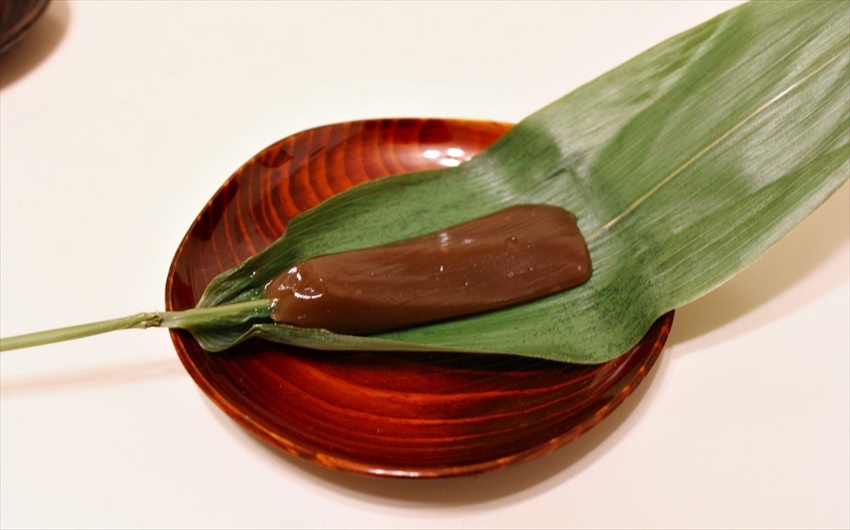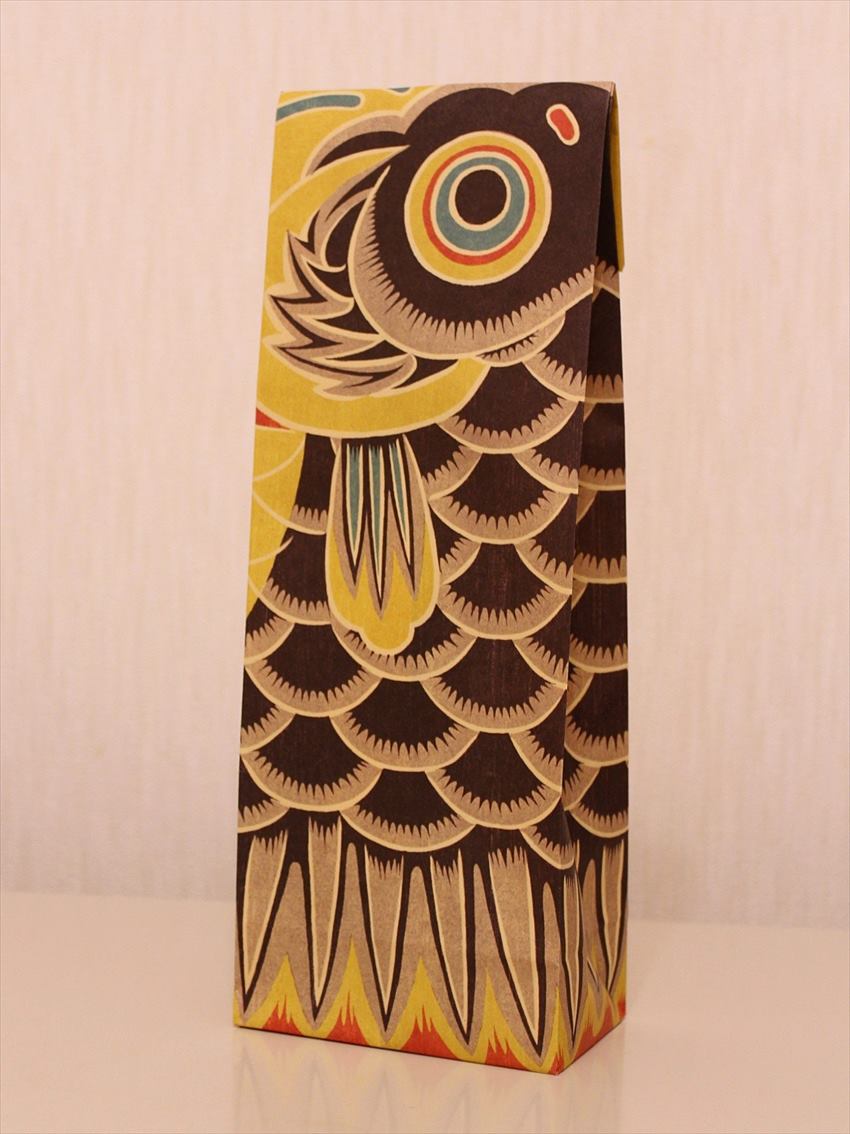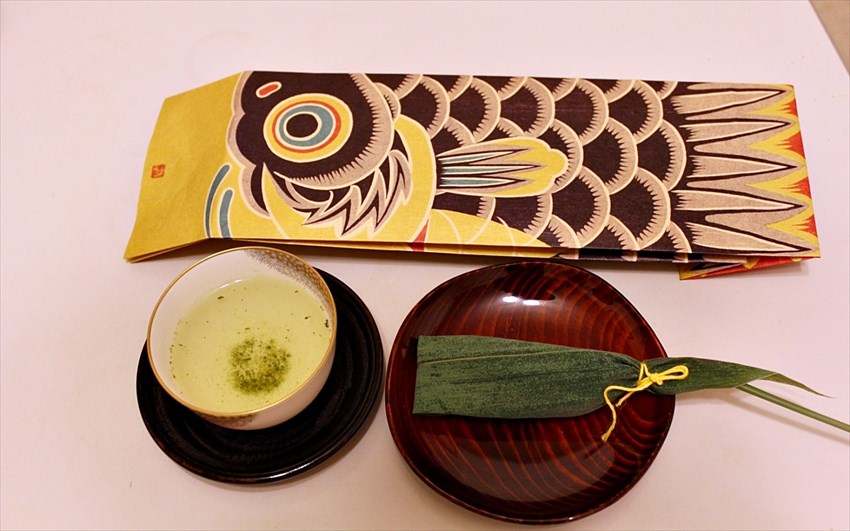※This article was published at May 2015.※
What’s Children’s Day?
Along with January 1 (New Year’s Day), March 3 (Girl’s Day), July 7 (Tanabata) and September 9 (Chrysanthemum Day), May 5 (Children’s Day) is an important day when the number of the month matches the number of the day.
Such days are considered lucky, and there is an event attached to each day.
Children’s Day is a day where parents’ wish for their children’s growth.
The event is often accompanied by carp streamers (koinobori) and food such as chimaki.

Why eat chimaki?
A very long time ago, people believed that eating fragrant foods would deter evil spirits away.
Over time, even as the event transformed into one where parents’ wish for their children, the tradition of eating something fragrant did not change.
The chimaki is made of a sweet rice dumpling. The bamboo wrapping symbolises with youthfulness and flexibility of children.
The parents’ wishes that the child will grow quickly and strongly like bamboo, is also reflected here. Finally, note that eating chimaki is a Kansai (west Japan) tradition; you are less likely to find them if visiting the Kanto (east Japan) area.

The taste is subtle, the texture mindly reminds me of jelly, and is highly refreshing.
Between May 1 and 5, they will sell the traditional chimaki.
This is closer to mochi, in both taste and texture.
For both types, if you purchase five or more, you will be given the chimaki in a bag decorated with carp prints.
Taneya is found in the following department stores:
Osaka: Daimaru (Shinsaibashi), Hankyu (Umeda), Hanshin (Umeda), Kintetsu (Abeno Harukus)
Kobe: Sogo (Kobe Sannomiya), Daimaru (Motomachi)
Today, I will introduce chimaki, a popular snack eaten around the beginning of May, to celebrate Children’s Day on May 5.
I bought my chimaki from Taneya, a Shiga-based (to the east of Kyoto prefecture) confectionary.
Between April 15 and May 5, they will have limited edition chimaki and special bags designed in the shape of a carp.

What’s Children’s Day?
Along with January 1 (New Year’s Day), March 3 (Girl’s Day), July 7 (Tanabata) and September 9 (Chrysanthemum Day), May 5 (Children’s Day) is an important day when the number of the month matches the number of the day.Such days are considered lucky, and there is an event attached to each day.
Children’s Day is a day where parents’ wish for their children’s growth.
The event is often accompanied by carp streamers (koinobori) and food such as chimaki.

Why eat chimaki?
A very long time ago, people believed that eating fragrant foods would deter evil spirits away. Over time, even as the event transformed into one where parents’ wish for their children, the tradition of eating something fragrant did not change.
The chimaki is made of a sweet rice dumpling. The bamboo wrapping symbolises with youthfulness and flexibility of children.
The parents’ wishes that the child will grow quickly and strongly like bamboo, is also reflected here. Finally, note that eating chimaki is a Kansai (west Japan) tradition; you are less likely to find them if visiting the Kanto (east Japan) area.

What can I get at Taneya?
Between April 15 and May 5, Taneya will sell the kokuto-chimaki, a somewhat modernised version of the chimaki containing black sugar (kokuto).The taste is subtle, the texture mindly reminds me of jelly, and is highly refreshing.
Between May 1 and 5, they will sell the traditional chimaki.
This is closer to mochi, in both taste and texture.
For both types, if you purchase five or more, you will be given the chimaki in a bag decorated with carp prints.
Taneya is found in the following department stores:
Osaka: Daimaru (Shinsaibashi), Hankyu (Umeda), Hanshin (Umeda), Kintetsu (Abeno Harukus)
Kobe: Sogo (Kobe Sannomiya), Daimaru (Motomachi)
Comments